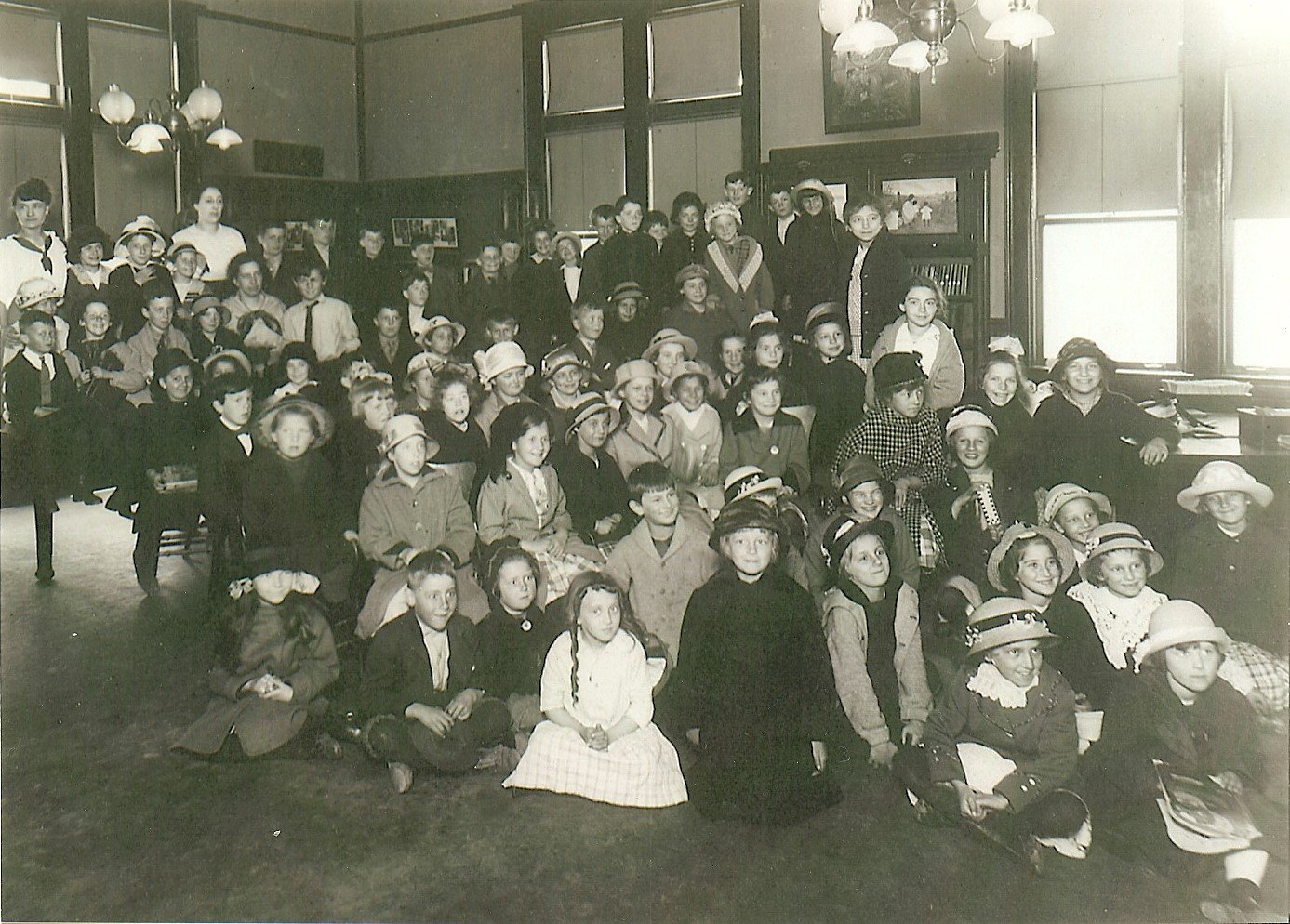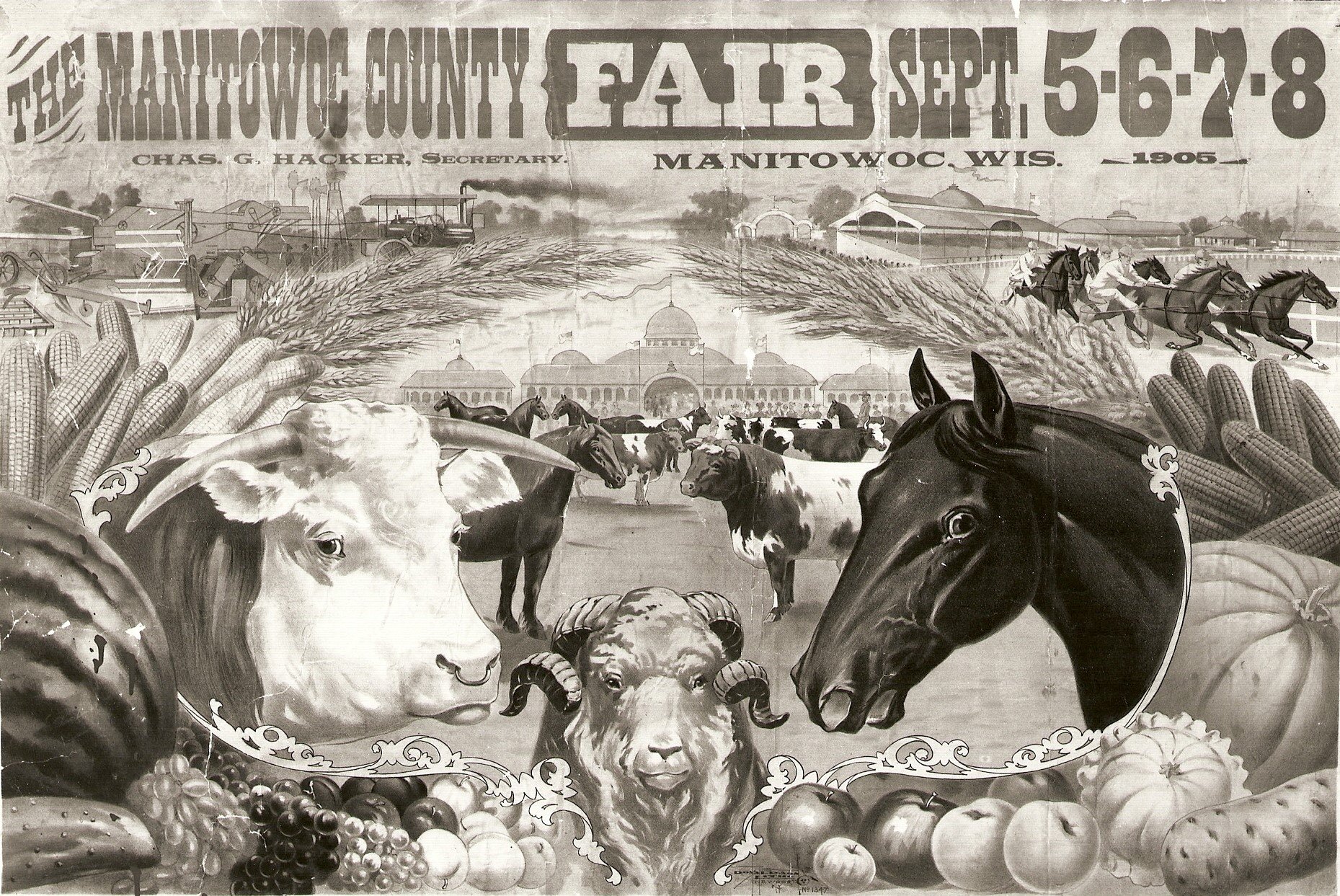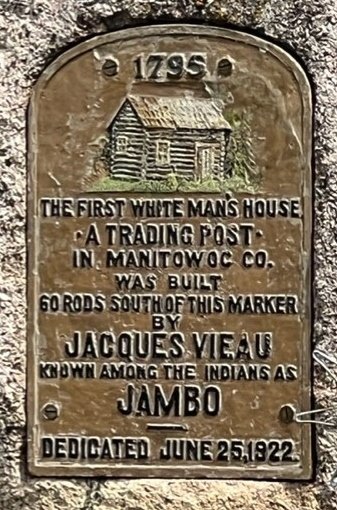Preserving the Past:
Stories from the Archives Blog
Immigrants to Manitowoc: William Rahr
“We were not long strangers here. The prevalence of our German element and our language, the hearty reception from upright countrymen, allowed us to feel no longer strange, but calmer and more content. We had finally found a place for our fireside.”
Hika Bay Tavern
Now called the Hika Bay Tavern, the building was bought by Hugo Schurrer in 1899. Schurrer immigrated to America in 1885 from Germany at the age of 18. He was involved in the banking profession in his homeland but upon settling in the Cleveland area, Schurrer began to work for the Lake Shore Railway, earning eighty cents a day. He then decided to go into a different occupation and went to work in a tavern in the nearby community of St. Wendel.
Early aluminum pioneers were ‘frenemies’
One of the lesser known but significant aluminum pioneers was German immigrant Conrad Werra who in 1896 founded the Two Rivers Iron Works and made castings from iron, brass, bronze and eventually aluminum.
Henry Vits Monument Dedicated 95 Years Ago
Besides being one of Manitowoc’s most prominent and successful businessmen, Henry Vits served as Manitowoc postmaster (1894-1898) and a member of the state legislature, county board of supervisors, city council, school board, park commission and county asylum board of trustees. He helped organize the Manitowoc Gas Co. and Manitowoc Mutual Fire Insurance Co. He was an active member of the Odd Fellows and Concordia Singing Society.
“Books and Newspapers are the Great Teachers”
M. Fellows, the President of the Jones Library Association stated, “In this age, books and newspapers are the great teachers. They bring us face to face with the best and wisest minds of the present and the past; we live again in their days, and thus a double live is given us – one of the present, and one of the past.”
G. V. Nash’s An Illustrated Historical Atlas of Manitowoc County
During the 1870s, G. V. Nash actively compiled and published county maps. In 1873, he assisted E. M. Harney compile maps of Racine, Kenosha and Winnebago counties. Harney published a wall map of Manitowoc County in 1872. Nash collaborated with others on maps of Washington and Ozaukee (1874), Juneau and Portage (1876) and Pierce (1878) counties. Nash & Morgan’s Sectional Map of Wisconsin was published in 1878.
Horse Racing at the Manitowoc County Fair
The 1894 Manitowoc County Fair’s Official Score Card highlighted the gambling aspect of the horse races: “If you want to be sure of placing your money on the winning horse at the races during the fair, you can do so by calling at The Senate, 806 York Street, Carl Hansen, Proprietor. Head quarters for sporting events during the fair.”
The History of the Manitowoc County Fair
In 1926 at the Convention of Fair Board in Milwaukee, F.C. Borcherdt declared that Manitowoc’s fair was the “blue ribbon fair of Wisconsin” because more registered cattle were exhibited at the Manitowoc fair than at any other county fair in Wisconsin. The Manitowoc County Fair continues to hold the title of the “blue ribbon fair of Wisconsin.”
John Nagle Monument Dedicated in 1930
On the unusually hot afternoon of Saturday, July 26, 1930, friends, teachers and former students of John Nagle gathered on the grass and under trees on the grounds of the Manitowoc County Normal School (today’s Heritage Center) on Michigan Avenue in Manitowoc to dedicate a stone monument with the inscription “To John Nagle, Educator, Philosopher, Editor, 1848-1900.”
Kettle Range Rural School Soon To Be Razed
Local residents should take some comfort knowing the old school served generations of rural children well. An old large black maple tree, possibly planted when the brick school was built, remains in the school yard. If only it could tell us all the stories of when the children sat and played beneath its spreading branches in the cool shade.
Herman Benke, A Legacy of Photos
It was a love of photography that led Hermann C. Benke (also spelled Behnke) to capture Manitowoc County and the surrounding communities unlike anyone else at the turn of the 20th century. Chances are if you’ve seen a photo from that time period, it’s probably a Benke photo postcard.
Jacques Vieau's Trading Post Monument Dedicated in 1922
Vieau (called Jean Beau or Zhambo by the Indians) was an agent for the Northwest Fur Company. The Jambo Creek post was one of several outposts established by the French Canadian trader along the western shore of Lake Michigan in 1795. Others were located at Kewaunee, Manitowoc Rapids, Sheboygan and Milwaukee, which became his headquarters.
Frederick Borcherdt
By around 1850, Frederick Borcherdt settled in the community of Manitowoc Rapids, which, at this time served as the County Seat.
The Voshardt Egyptian Mausoleum at Pioneers Rest Cemetery, Two Rivers
Completed in October 1914, the Voshardt mausoleum was said to be the best in the state and one of the finest in the West. In all, 16 Voshardt family members (Herman’s father and mother, five brothers, three sisters and five of his siblings’ spouses) are laid to rest in the stately mausoleum, the last being in 1954. Herman Voshardt was interred here after his death in 1929.
Voshardt’s Hall was a Popular Gathering Spot in Two Rivers
During the late nineteenth century, Voshardt’s Hall was the scene of many social activities that included concerts, balls, dances, parties and wedding receptions. It was a popular place for labor meetings, boxing and wrestling matches, and, for a few years, exercises and physical activities by the local German Turn Verein or “Turners.”
Two Creek's Tannery
Pfister soon held 22 land entries in section 11, 13, and 24 of the township – mostly along Lake Michigan. His holdings represented a total of 1,429.9 acres of land. With a lot of hemlock bark nearby, the business quickly developed, and employees traveled to the bustling village.
Manitowoc to Two Rivers Runaway Train
On Friday morning March 7, 1958 at 0210 hrs. at the Calumet Rail Yards, a Chicago and Northwestern Railroad train crew, with their train parked and running, disembarked to take a breakfast break. The engine and nine cars were gone when they returned. The train traveled l0 miles and went through 20 crossings before the engine and two box cars smashed through a dead end obstruction, traveled 60 feet and plunged into 18 feet of water in the Two Rivers Harbor.
Auto Firsts in Manitowoc County
Vehicles have been in Manitowoc County for well over a hundred years. There are now speed limits, protocols for accidents, street signs, and other regulated rules of the road. Back when the automobile was not so common, in the early 1900s for example, these basic principles of driving simply did not exist. Knowing how these aspects of driving are today, it is quite interesting to hear the stories of early automobiles in Manitowoc County.
Jens Jensen Designed Landscape Plan at Lincoln High School
Manitowoc has an important association with Jensen as he designed the original landscape plan for Lincoln High School. In 1923, when construction of the Collegiate Gothic high school on Roeff’s hill was underway, Jensen came to Manitowoc with Chicago architect Dwight Perkins to meet with School Board members and survey the building site.
Judge Reed Perished in the 1883 Newhall House Hotel Fire at Milwaukee
Reed came to Manitowoc in 1850, one of the first lawyers in Manitowoc County. In 1851, he was chosen the first president of the village of Manitowoc. He was elected County Judge in 1853 and represented Manitowoc in the State Senate from 1864-1870.




















